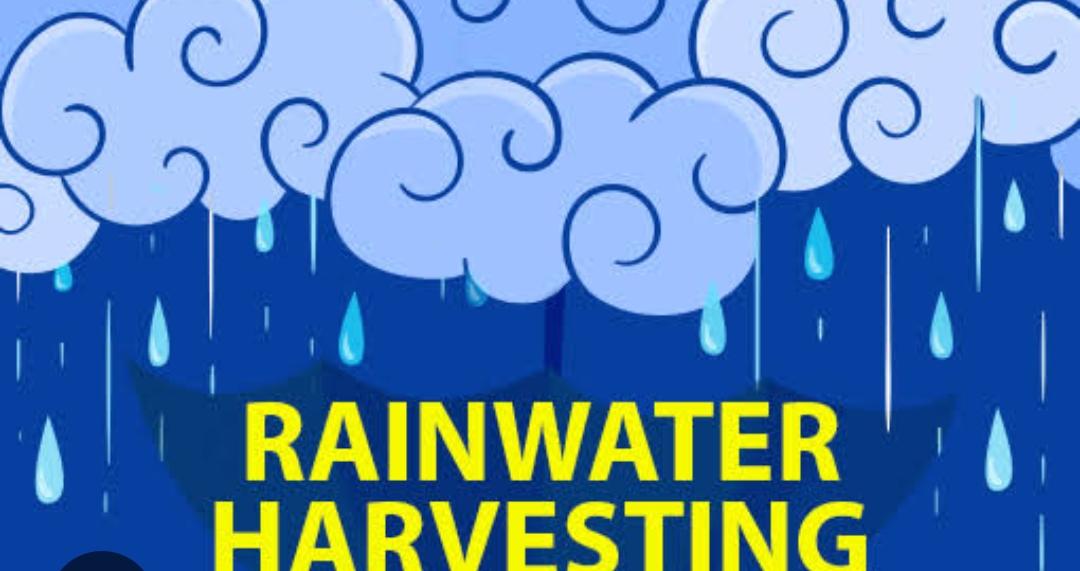💧Rainwater Harvesting: A Sustainable Step Towards a Greener Future
Water — the lifeblood of our planet — is depleting at an alarming rate. Amid rising demand and erratic rainfall patterns, rainwater harvesting emerges as a smart, sustainable solution to preserve this precious resource.
🌦️What is Rainwater Harvesting?
Rainwater harvesting is the process of collecting, storing, and utilizing rainwater that falls on rooftops, roads, or open grounds. Instead of letting it flow away, the water is redirected into tanks, wells, or underground reservoirs for later use. This ancient yet innovative method reduces dependence on freshwater sources.
🌱Why is it Important?
🌍 Conserves water: Especially vital in drought-prone areas where water scarcity is common.
💧 Recharges groundwater: Helps replenish underground aquifers, maintaining the natural water cycle.
🏡 Reduces water bills: Collected rainwater can be used for domestic, agricultural, and industrial purposes.
☔ Minimizes urban flooding: Prevents waterlogging by reducing surface runoff.
🔧How Does it Work?
A typical rainwater harvesting system consists of:
Catchment area – Usually rooftops or open grounds where rain falls.
Gutters and pipes – Channel water into storage units.
Filter unit – Removes debris and pollutants.
Storage tanks – Store the purified water for various uses.
Recharge pits – Let water seep into the ground to replenish aquifers.
📈A Global Necessity
According to the UN, by 2025, half of the world’s population will be living in water-stressed areas. India, facing severe water crises in many regions, can greatly benefit from large-scale implementation of rainwater harvesting systems. Schools, homes, apartments, offices, and farms can all be part of this green movement.
🌿The Way Forward
Incorporating rainwater harvesting is not just a choice—it’s a necessity. Governments should mandate systems in new buildings, and citizens must be educated and encouraged to adopt this eco-friendly practice.
💡Conclusion
Rainwater harvesting is a simple, cost-effective, and environmentally responsible technique that holds the key to a water-secure future. Let’s harness every drop and make every monsoon count!

